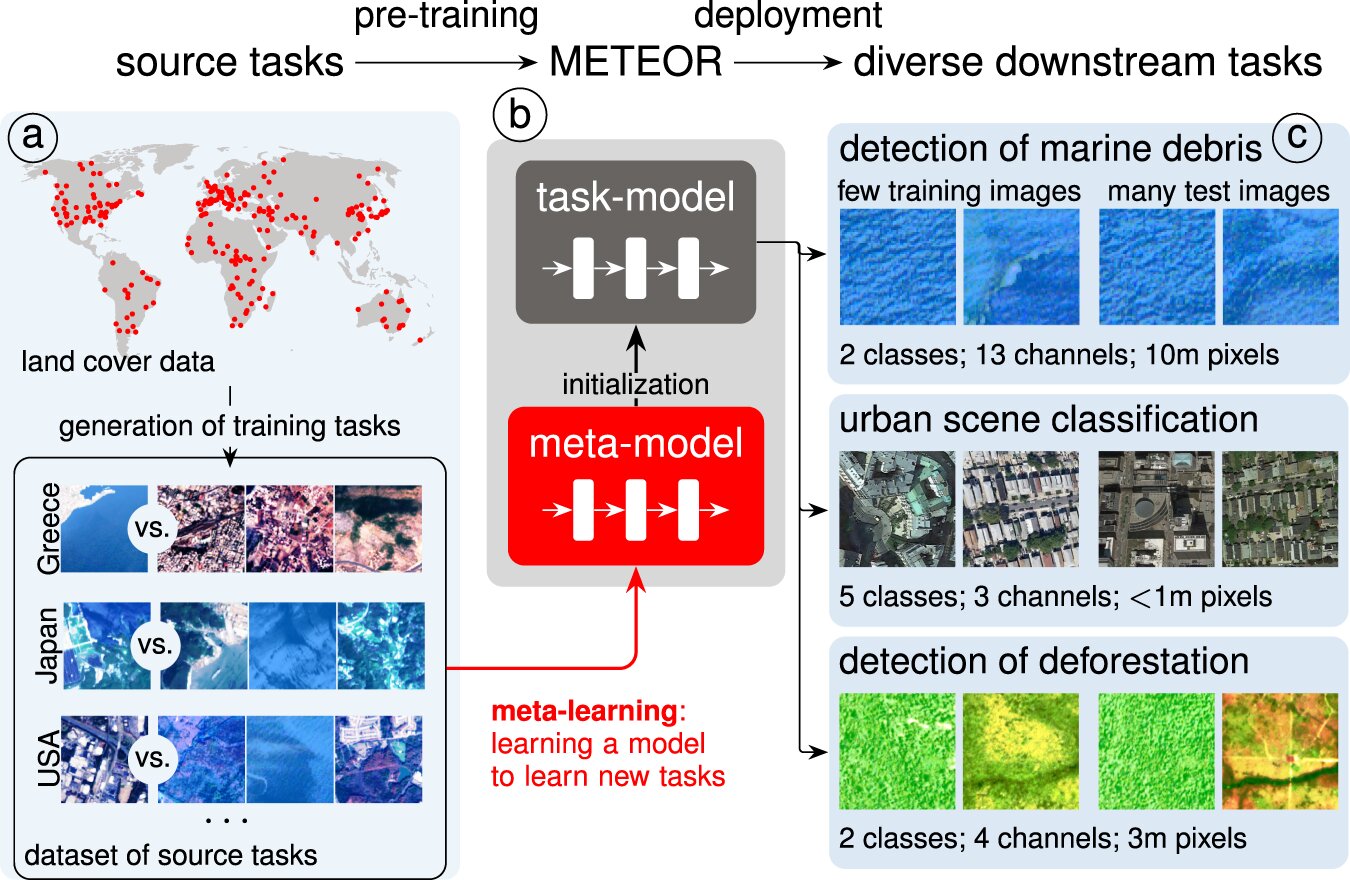Artificial intelligence usually cannot quickly switch between recognizing different images in images. However, the newly created METEOR — a chameleon program — needs only a few images to learn how to find objects in satellite or drone images.

Problem with pattern recognition
Researchers from the EPFL’s Environmental Computational Science and Earth Observation Laboratory claim that they have managed to create a new image recognition system based on artificial intelligence. It can quickly learn to recognize different classes of objects in images taken from the air or orbit.
AI programs are one of the most common types of artificial intelligence in the modern world. If you train an artificial neural network on a sufficiently large number of images, it will be able to independently find objects in new images faster than a whole team of people. This makes them fascinating for those who process large amounts of visual information.
However, such systems have one very important drawback. The ability to distinguish one object does not help them in any way if the task arises to find something else in the pictures. They need to be trained again on a large amount of already processed data.
However, the EPFL team claims that their METEOR chameleon program, after being taught to distinguish between one type of object, can work with others after showing only a few new photos. This is all the more incredible when you consider that it is designed to work with satellite and aviation images.
What the chameleon program is capable of
Working with images taken from drones or satellites is considered difficult for artificial intelligence due to the fact that they also have problems with recognition due to the use of different camera ranges and resolutions. Therefore, to work with each new image source, they need to be retrained.
However, the developers claim that the METEOR chameleon program can do this extremely quickly. This definition corresponds to its essence: it seems to become a new neural network every time. In order to prove this, the researchers conducted a test.
It consisted of five tasks that the chameleon program had to complete one after the other. Before performing each of them, the program was given only a few pictures for training. First, it measured the level of land cover with vegetation in Australia, then it determined deforestation zones in Brazilian rainforests.
After that, METEOR was given the task of determining changes in Beirut after the explosion in 2020, detecting pieces of debris in the ocean and classifying urban areas according to various types of land use (industrial areas, commercial areas, as well as residential areas with high, medium and low density).
Surprisingly, the chameleon program coped with these tasks almost as well as individual neural networks, which were specially trained for a long time to perform each of them separately. In the future, the developers plan to use this artificial intelligence to solve mainly environmental problems.
According to phys.org
Follow us on Twitter to get the most interesting space news in time
https://twitter.com/ust_magazine


